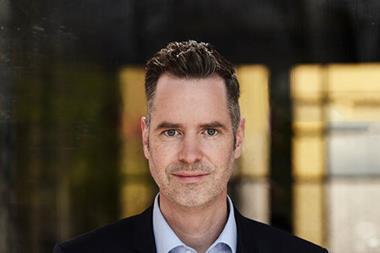Nearly half of the Swedish public is labouring under a misconception about how money in their first pillar pension scheme is invested, according to a recent survey.
The Premium Pensions Authority (PPM) runs the DC portion of Sweden’s first pillar provision. How the 2.5% of salary directed into it is invested is up to the workers, who have around 780 funds to choose from.
But the contributions of the 40% of people who do not make a choice are channelled into a the Premium Savings Fund, run by state pension fund AP7.
According to the survey from occupational pensions provider SPP, some 42% of Swedes believe this default fund is a fixed-interest investment, says Magnus Karlsson, head of sales. “As they approach retirement they have a false sense of security. If you have a higher risk than you think you do, then you can get hurt.”
Richard Gröttheim, executive vice president of AP7 emphasises that the Premium Savings Fund is in fact a low-risk fund. “Our most important task is to deliver a return in line with the one in the PPM system, but with lower risk,” he says. “PPM has 90% of investments in stocks and we have 10% in fixed income.”
It is the global diversification that keeps the Premium Savings Fund’s risk profile a notch lower than PPM’s, Gröttheim points out.
Karlsson says he is not complaining about the way AP7 runs the default fund. “But compared to an interest fund, it is higher risk,” he says.
What the survey really highlights is the lack of public understanding in Sweden about how the pensions system works - and specifically the defined benefit portion of it.
“It’s a shame people don’t know exactly what they are investing in,” says Gröttheim. “The fact they have nearly 800 funds does make people confused.”
Last year, an OECD report also blamed ‘option overload’ for the high number of people in the Swedish DB first pillar scheme going for the default.
Two years ago, the government commissioned the PPM to do an analysis on the pros and cons of cutting the number of funds on offer. The report concluded that the government could consider shrinking the offering to 60 or perhaps just 20 funds.
Alf Guldberg, ex secretary general of the Swedish Association of Institutes of Retirement Provision agrees. “Many of them are attracting very few savers. The problem we have had up to now is that it has been virtually free for a fund manager to register a fund, so it is in their interests to register as many as possible. One way to attract funds, which are adding some kind of extra value for savers, would be to introduce some sort of fee for registering.”
But the government has yet to respond to the PPM report laid at its door 10 months ago. Perhaps the fact that a general election came between the commissioning of the report and the result has something to do with the delay.
Guldberg does not see any deliberate prevarication, however. “I think the change of government should not really affect this, because it is a non-political issue. Both sides of the political space have an interest in an efficiently managed offering of funds.”
Another problem the PPM system is currently up against, says Kamp, is the cost the authority has to bear from some savers who chose to change funds several times a year. It costs the authority SEK20 (€2) each time a saver makes a change in the funds they hold, but it is free for savers, Kamp points out.
Karlsson says the Swedish public generally has a low level of interest in pensions, but more awareness should be generated. “We would like a better system of information so that people get more involved in their pensions, and feel they have the right information to make their choices.”
But Gröttheim says AP7 already does put a lot of effort into informing people about its mission and how the Premium Savings Fund works. “We have a web site which makes things very transparent and easy to understand,” he says, but adds: “It’s a fine line between informing and marketing, and we are prohibited from marketing. But more and more people understand what we are about.”












No comments yet